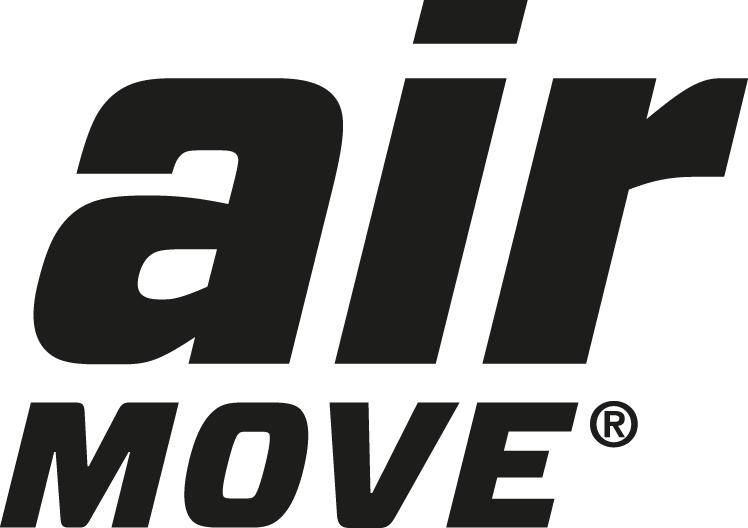Questions and answers
Questions and Answers about Air Quality and Health
1. Do you feel that the indoor air is stuffy, humid or smells bad?
If the air often feels stuffy, damp or smells bad, it could be a sign of poor ventilation. Poor ventilation can lead to the accumulation of moisture and pollutants, which negatively affects both your health and comfort. By improving ventilation, you can create a healthier and more comfortable indoor environment.
2. Do you often have allergy symptoms or often feel sick indoors?
Poor air quality can worsen allergies and cause health problems. Pollutants such as dust, pollen and mold spores can accumulate in your home when ventilation is inadequate. Improving air quality through better ventilation can reduce these symptoms and improve your overall health.
3. Have you noticed any increase in dust or dirt in the house?
Increased dust can indicate poor filtration and air circulation. When the ventilation system is not working effectively, dust and other contaminants accumulate, making the indoor environment dirtier. By improving air circulation and filtration, you can reduce dust and dirt in your home.
Questions and answers about Moisture problems and Insulation
1. Are you experiencing problems with condensation on windows or walls?
Condensation can indicate high humidity and inadequate ventilation. When warm indoor air meets cold surfaces, condensation forms, which can lead to moisture damage and mold. Improving ventilation helps reduce humidity and prevent condensation.
2. Do you have problems with mold or moisture stains on walls and ceilings?
Mold and moisture stains indicate poor air circulation and elevated humidity. These problems can lead to health problems such as allergies and asthma. Ensuring good ventilation and regularly maintaining your ventilation system can prevent mold and moisture damage.
3. Do you experience drafts or cold floors during the winter months?
Cold drafts can be a sign of inadequate insulation and ineffective ventilation. This can lead to discomfort and high energy costs as your heating system has to work harder to keep your home warm. Improved insulation and ventilation can help eliminate cold drafts and make your home more energy efficient.
Questions and Answers about Ventilation System Performance
1. Are there large temperature differences between different rooms?
Uneven temperatures can be caused by poor air circulation. This can lead to discomfort and inefficient energy use, as some rooms become overheated while others remain cold. By improving air circulation, you can create a more even and comfortable temperature throughout your home.
2. How often do you need to ventilate to achieve comfortable air quality?
If you often have to open windows to improve air quality, your ventilation may be inadequate. Frequent airing may indicate that your ventilation system is not able to replace polluted air with fresh air. An effective ventilation solution can reduce the need for constant airing.
3. Are ventilation ducts and supply air vents clean and free of blockages?
Blocked or dirty vents and ducts can impair airflow. This can lead to poor air quality and increased humidity, creating an unhealthy indoor environment. Regular cleaning and maintenance of ventilation ducts is essential to ensure effective ventilation.
4. Are all fans and mechanical ventilation systems working properly?
Check that all fans are working properly and that they are being used regularly. Inefficient fans can lead to poor air quality and higher energy costs. Regular maintenance ensures that your ventilation systems are working optimally and keep indoor air fresh.
5. How often do you service your ventilation system?
Regular servicing is important to ensure that the system is working efficiently. A well-maintained ventilation system improves air quality and reduces the risk of technical problems. Scheduled servicing can also extend the life of your ventilation components.
6. Is there sufficient natural ventilation in the house (e.g. open windows, doors)?
Evaluate whether natural ventilation routes are being used and are effective. Sometimes natural ventilation may be sufficient, but this depends on the design of the house and the outdoor climate. If natural ventilation is not sufficient, mechanical ventilation solutions may be necessary to ensure good air quality.
Tips for improving ventilation in your house
Install supply air valves
To ensure that fresh air enters the house, it is important to install supply air valves. These valves help to replace old and polluted air with new and fresh air, which significantly improves the indoor environment. One product that can be recommended is Airmove 3.0, which is a self-regulating fresh air valve adapted to provide optimal air circulation.
Use mechanical fans when necessary
In kitchens, bathrooms and other areas with high humidity, it is important to use mechanical fans to remove moisture and contaminants effectively. Mechanical fans help prevent condensation and mold growth, contributing to a healthy indoor environment. Airmove offers high-quality fans that can be installed in these spaces to ensure optimal ventilation.
Clean ventilation ducts and filters
Regular cleaning and maintenance of ventilation ducts and filters is essential to keeping your ventilation system efficient. Dirty or blocked ducts and filters can impair airflow and reduce system efficiency, which can lead to health problems and increased energy consumption. Be sure to clean or replace filters regularly to ensure your ventilation system is operating optimally.
Check the insulation
Good insulation is important for reducing cold drafts and improving the energy efficiency of your home. Poor insulation can cause warm air to leak out and cold air to enter, which not only affects comfort but also increases heating costs. By checking and improving the insulation in your house, you can reduce energy consumption and create a more comfortable indoor environment.
Use products from Airmove
To optimize ventilation and create a healthy indoor environment, we recommend using Airmove products, such as Airmove 3.0 and Airmove 2.0. These products are designed to improve air circulation, reduce humidity levels and ensure an even temperature throughout the house. By installing and regularly maintaining these products, you can ensure that your home has optimal ventilation and a comfortable indoor environment all year round.








